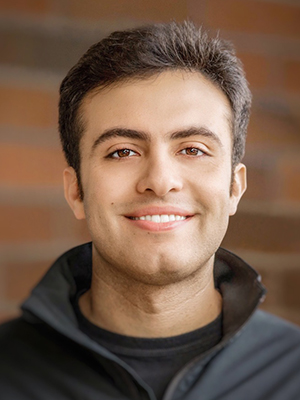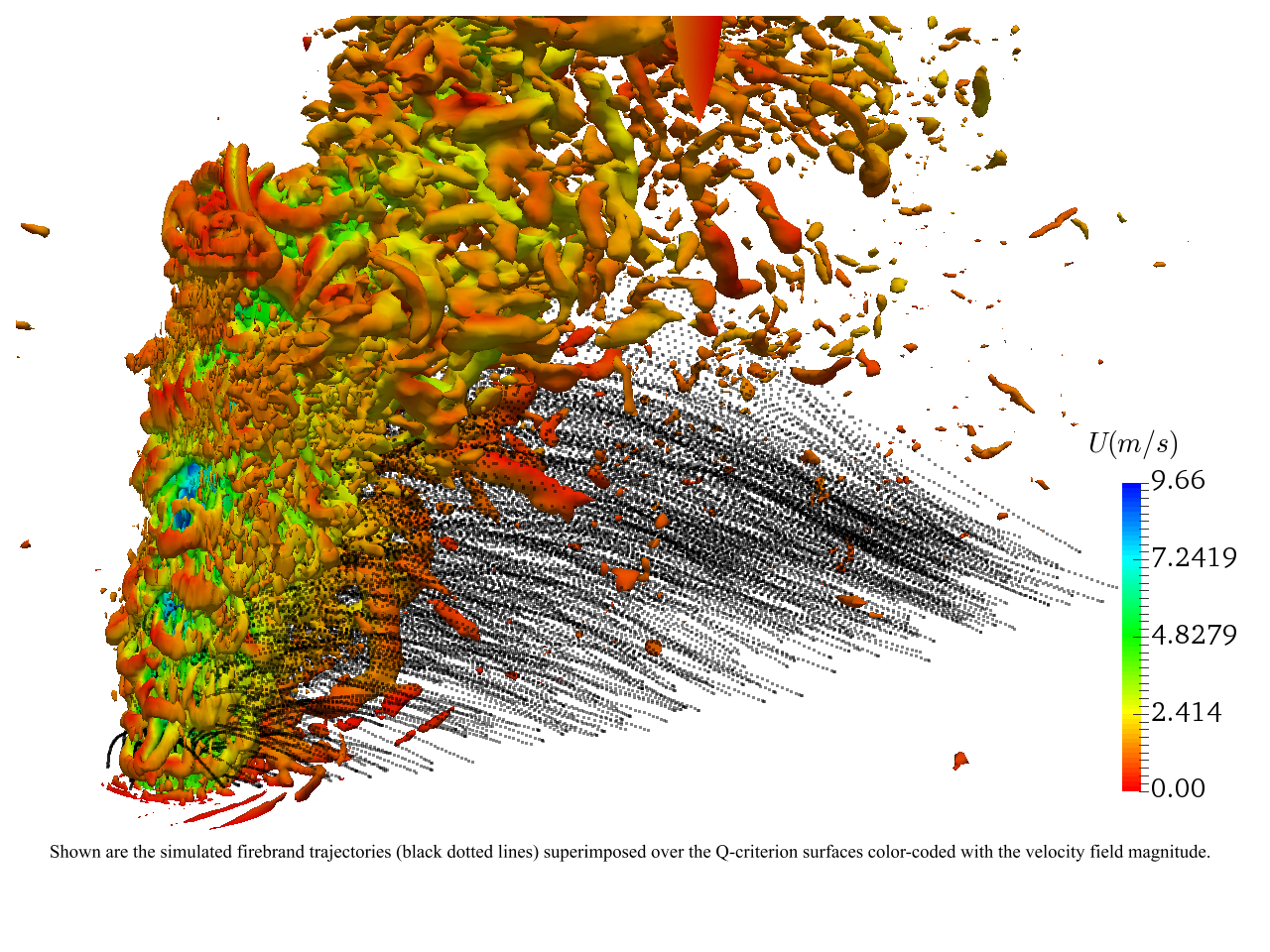
ABSTRACT: Wildfires are a major part of the global fire problem. Each year, they burn millions of acres of land, lead to loss of life, and cause billions of dollars in damages throughout the world — the U.S. wildfire losses in the last two years exceed 100 deaths and $30.0 billion in damages. To mitigate the impacts, and develop adaptive and resilient communities to wildfires, a fundamental understanding of the fire spread mechanisms and risk drivers is crucial.
We review the physics of wildfire propagation with an emphasis on the firebrand shower phenomenon and its subsequent spot fires. Firebrand shower is one of the main pathways of wildfire spread through Wild-land Urban Interface (WUI) areas. This phenomenon consists of three phases. First, formation and the break-off of combusting particles (firebrands) from their main structures, second lofting and downwind transport of firebrands through the plume envelope, and third ignition of spot fires by deposition of firebrands on fuel surfaces. A synthesis of probabilistic and multi-physics models, namely characterization of the near-field plume dynamics, and experimental and numerical modeling of firebrand transport are discussed.
The results from foregoing models are being leveraged in the development of the next generation of operational models which includes accounting for the contributions of firebrand shower to wildfire propagation. In this regard, shortcomings in the operational models are highlighted and, promising results from adopting a multi-disciplinary and data-driven approach to reduce the uncertainty of the forecast are presented.

BIOSKETCH: Dr. Ali Tohidi is a fluid dynamicist and a data scientist. His research and development interests are at the nexus of experimental, data-driven, and mathematical modeling of large-scale complex systems, particularly the phenomena revolving around fluid and fire dynamics. He received his M.Sc. from Sharif University of Technology where he showed the effects of wind-induced surface cooling on transport processes in aquatic canopies. He, also, received his Ph.D. in Civil & Environmental Engineering from Clemson University, where he studied wildfire spread via firebrand shower phenomenon. Later, he held a Postdoctoral Scholar position in Fire Protection Engineering Department at the University of Maryland, College Park where he worked on the combustion-induced thermo-mechanical failure of cellular solids as well as dynamics of fire whirls; an extreme fire behavior. His current efforts are focused on developing the new generation of operational wildfire behavior models and characterization of the near-term risk for grid resiliency.
Date/Time:
Date(s) - Mar 03, 2020
11:00 am - 12:00 pm
Location:
38-138 Engineering IV
420 Westwood Plaza Los Angeles CA 90095
